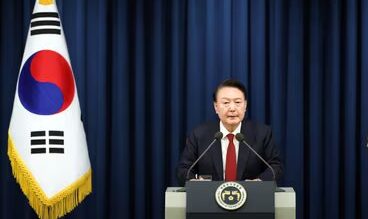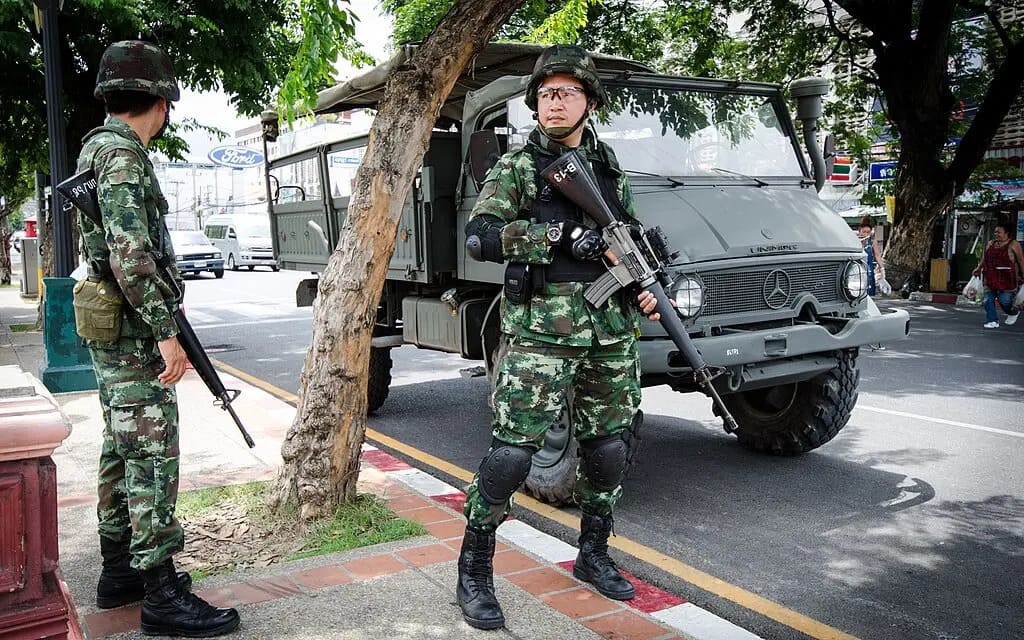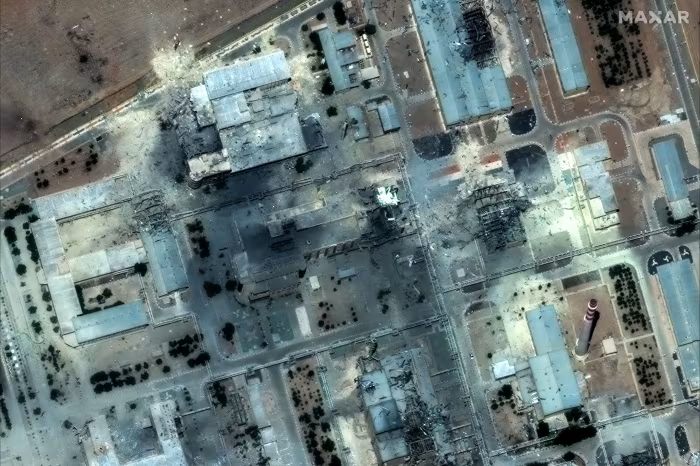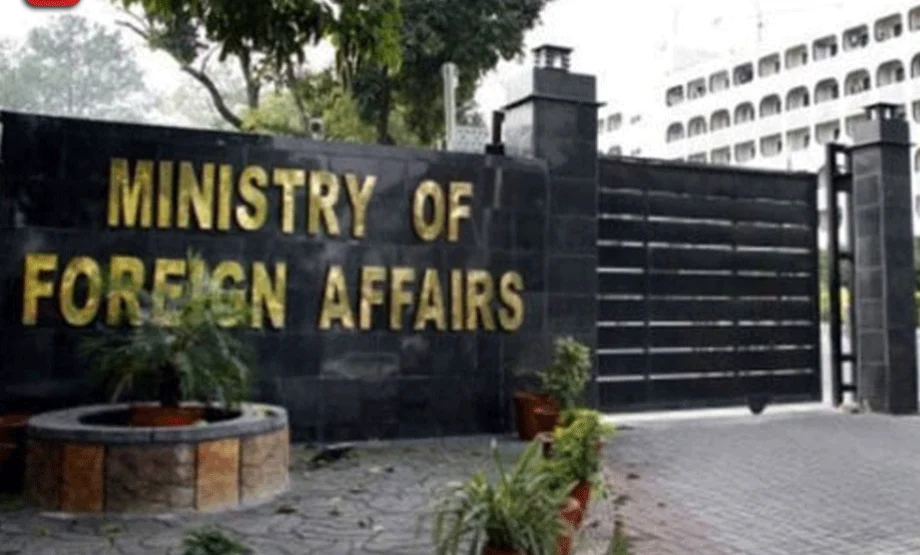
South Korean President Yoon Suk Yeol Lifts Martial Law Amid Parliamentary Pressure
- World News
- December 4, 2024
- No Comment
South Korean President Yoon Suk Yeol has announced the lifting of martial law, merely six hours after its imposition, following widespread protests and a decisive parliamentary vote rejecting the measure.
In an emergency session chaired by the Speaker, the South Korean Parliament voted overwhelmingly against martial law, with 190 out of 300 members opposing the presidential decree. This parliamentary decision was backed by the ruling party, which had earlier urged the president to withdraw the controversial order.
The ruling party stated that the president must follow the will of the legislature, emphasizing that the imposition of martial law was unconstitutional.
Martial law sparked immediate public outrage, with citizens flooding the streets in multiple cities to protest the move. The situation escalated when police barricaded the Parliament, attempting to block lawmakers from entering. However, after clashes with law enforcement, opposition members managed to breach the barriers and convene an emergency session.
Special military units entered the Parliament to clear the building, intensifying tensions. The developments drew international attention, with the United States and the United Kingdom expressing concern over the unfolding crisis.
President Yoon had initially justified the martial law, citing the need to protect the nation from “anti-state forces” and accusing the opposition of engaging in activities against national security. However, the swift parliamentary rejection and mounting protests forced the administration to reverse the decision.
The Democratic Party leader labeled the martial law imposition as unconstitutional and demanded its immediate revocation. Following the president’s announcement, opposition parties celebrated, and troops began withdrawing to their barracks.
The episode highlights the fragility of democratic processes in South Korea and raises questions about the balance of power between the executive and legislative branches. Observers note that the president’s actions and subsequent reversal mark a significant moment in the country’s political history, with far-reaching implications for its democratic stability.







